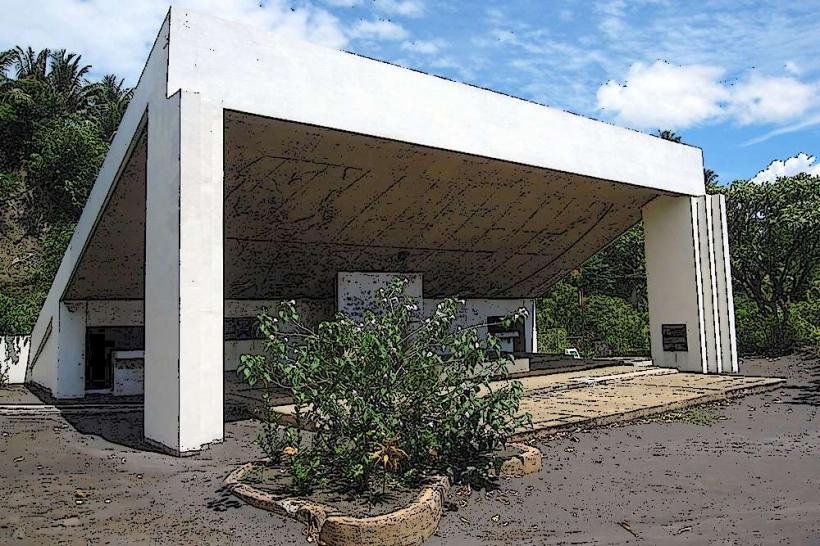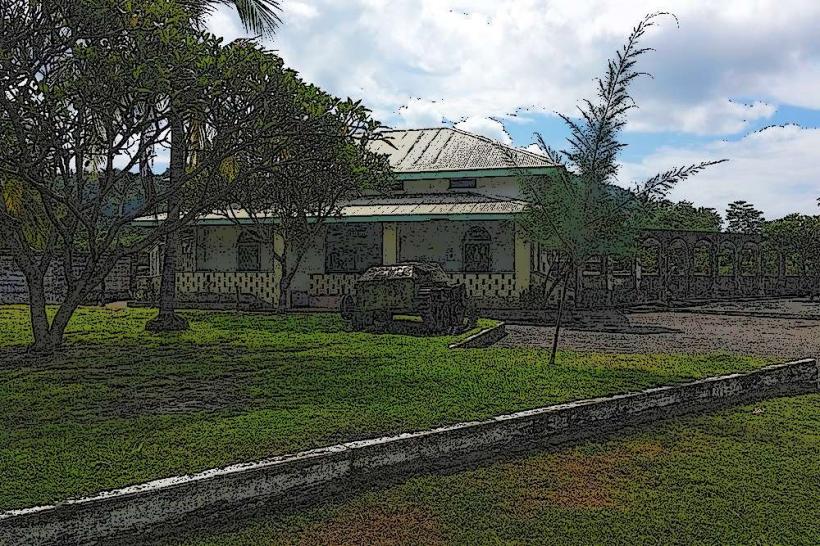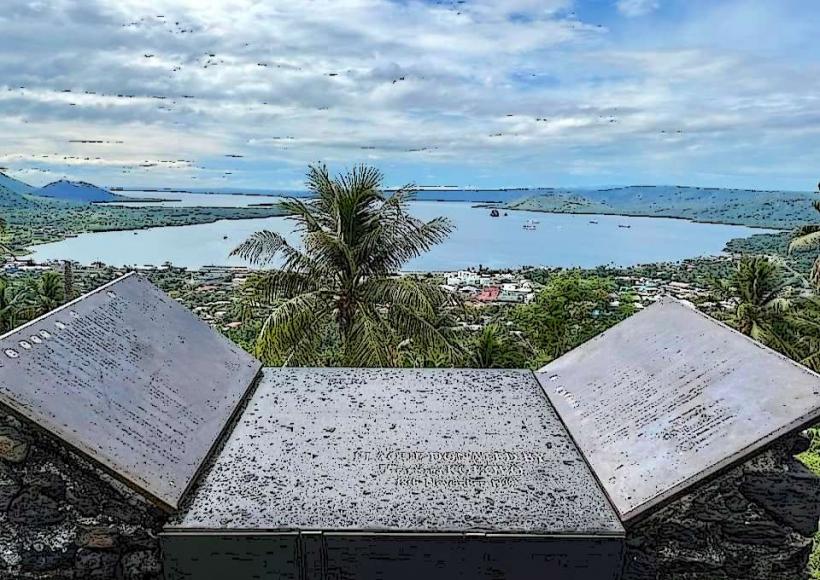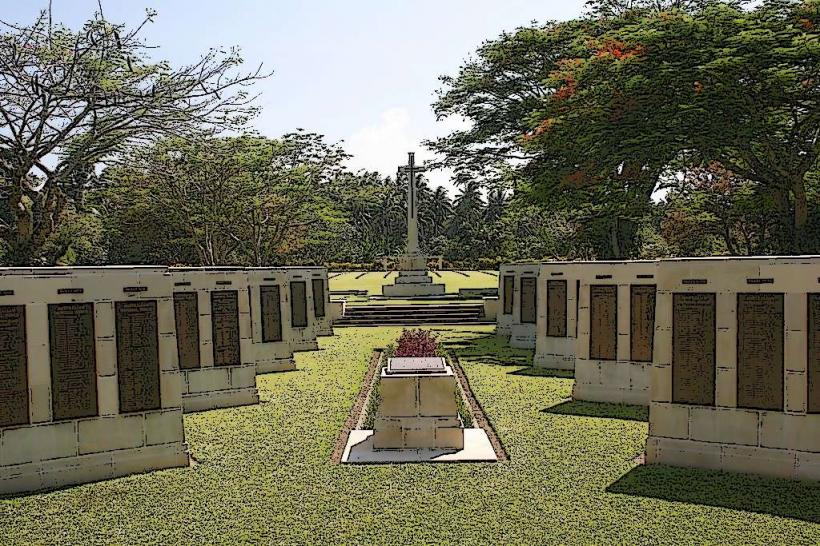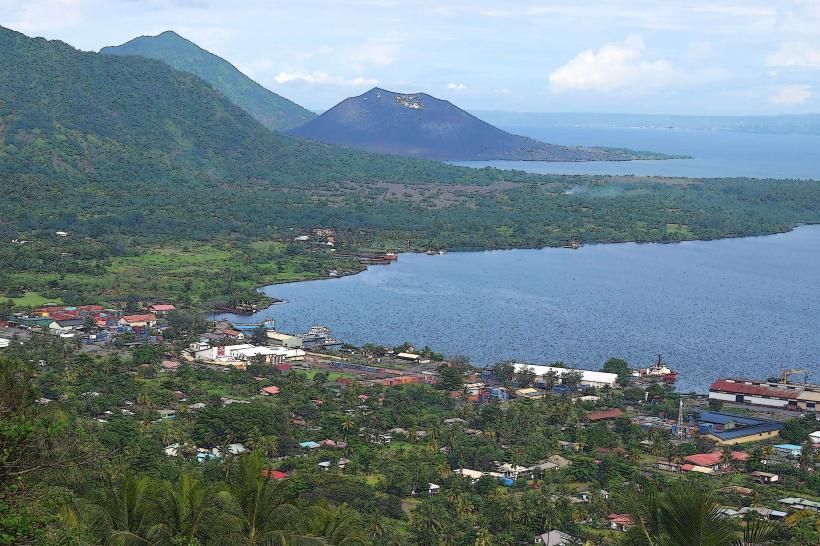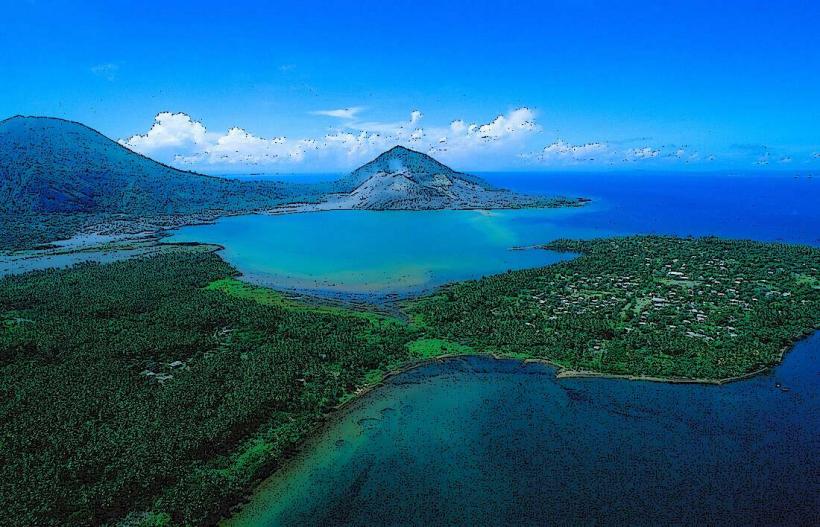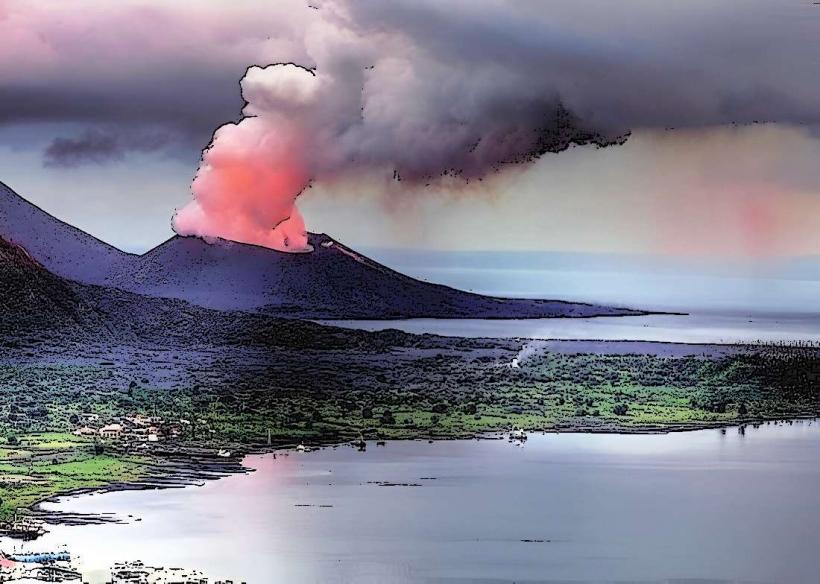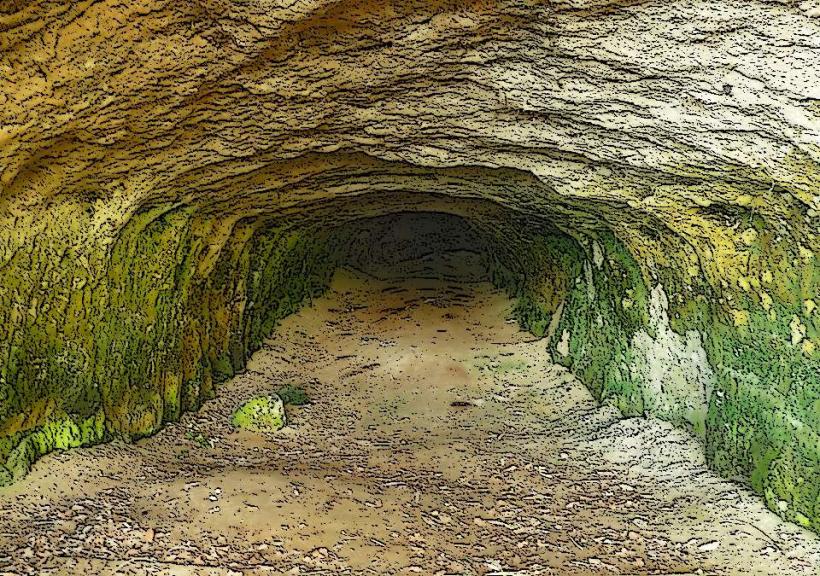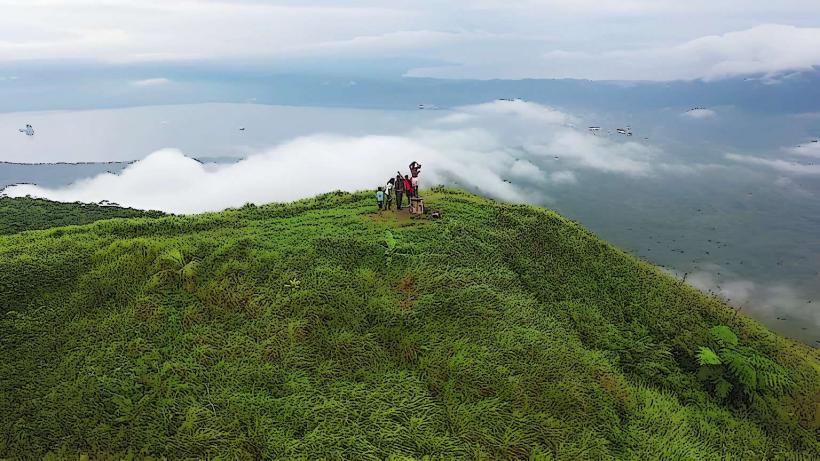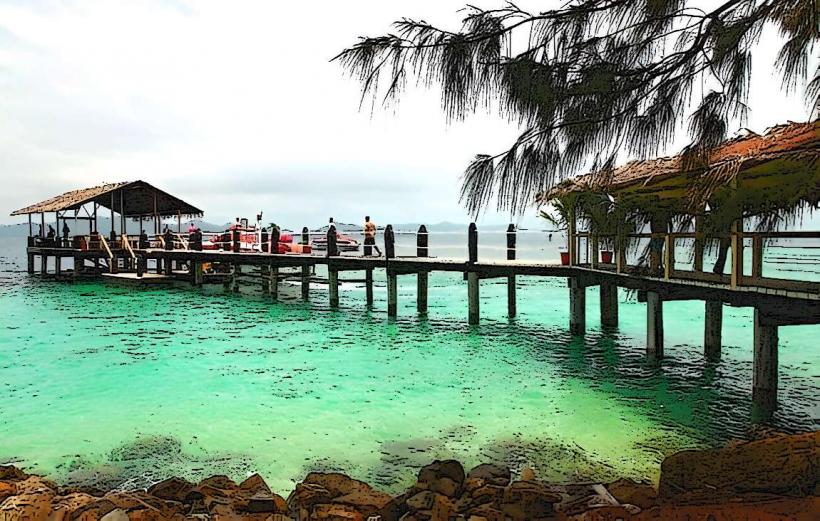Information
Landmark: KokopoCity: Rabaul
Country: Papua New Guinea
Continent: Australia
Kokopo is the capital of East New Britain Province in Papua New Guinea (PNG), located on the eastern side of New Britain Island. It is a coastal town, situated just a short distance from the more well-known Rabaul, and is considered one of the key urban centers in the region. Kokopo serves as an administrative, commercial, and cultural hub for the province and plays an important role in the country’s overall economy and development.
Key Features and Significance:
Geographical Location:
- Kokopo is located on the Gazelle Peninsula, along the coast of New Britain Island. It lies to the southeast of Rabaul, around a 30-minute drive away, and overlooks East New Britain’s coastline, with beautiful views of the Bismarck Sea.
- Its coastal location and proximity to Rabaul Harbour make Kokopo a vital part of the region’s transportation network, with roads connecting it to other parts of the island and the nearby town of Rabaul.
Historical Background:
- Kokopo's history is deeply intertwined with the colonial period and World War II. Initially, the area was a small settlement, but it grew in importance during the German colonial period in the early 20th century. The Germans established administrative and military outposts in the region, and Kokopo began to develop as an important coastal town.
- During World War II, Kokopo, like much of the region, was heavily impacted by the Japanese occupation of Rabaul. Following the war, Kokopo became an essential rebuilding center for the region, especially after the 1994 eruption of Tavurvur volcano that devastated Rabaul.
- After the eruption, Kokopo became the new administrative center for the province and the regional capital, a role it still holds today.
Economic Importance:
- As the capital of East New Britain, Kokopo is a key economic center in the region, particularly for the agricultural sector. The area is known for its production of cocoa, copra, and coffee, which are major exports for Papua New Guinea. Kokopo is also a key point for the processing and distribution of these agricultural goods.
- The town is also involved in fishing and is located near rich fishing grounds, with tuna being a significant product. The tourism industry is growing in Kokopo, thanks to its historical significance, natural beauty, and proximity to several interesting attractions.
Tourism and Attractions: Kokopo offers several notable attractions for visitors, particularly those interested in World War II history, cultural heritage, and natural beauty.
Tavurvur Volcano: Located just outside of Kokopo, Tavurvur is an active volcano and part of the Rabaul Caldera. It erupted dramatically in 1994, and although the town itself was largely unaffected, the eruption drastically changed the landscape of the surrounding area. Visitors can explore the surrounding volcanic terrain, which is a reminder of the region's active geology.
Kokopo War Museum: This museum is dedicated to the history of World War II in the region. It houses a collection of wartime relics, including military vehicles, weapons, and artifacts, many of which are from the Japanese occupation and subsequent Allied campaigns in New Britain. The museum offers visitors a glimpse into the wartime history of the region and its impact on local communities.
Rabaul Volcano Observatory: Though located closer to Rabaul, the observatory is often visited by those staying in Kokopo. It provides insight into the region's volcanic activity, including the Tavurvur eruption and other volcanic phenomena.
Cultural Experiences: Visitors to Kokopo can also enjoy experiencing local customs and traditional dances, as well as exploring the vibrant markets where local produce, crafts, and artifacts are sold.
Beaches and Diving: Kokopo is located along a beautiful stretch of coastline, with beaches and coral reefs ideal for snorkeling and diving. The Bismarck Sea offers crystal-clear waters and abundant marine life, making it a popular destination for underwater exploration.
Cultural and Social Life:
- The local population in Kokopo is primarily made up of Melanesian peoples, with a mix of indigenous groups who have traditionally lived in the region. The culture of Kokopo is shaped by a blend of traditional customs and Western influences that have evolved over time.
- The town is home to various local festivals, such as the Kokopo Cultural Festival, which showcases traditional dances, songs, and crafts from the indigenous communities of the region.
- As the administrative capital of East New Britain, Kokopo is a focal point for government offices and services, and it is a center for education and healthcare for the surrounding areas.
Modern Development:
- Kokopo has been undergoing development in recent years, with improvements in infrastructure, transportation, and communications. While it remains smaller than Rabaul, Kokopo is rapidly expanding as more businesses and industries set up operations in the area.
- As the regional capital, Kokopo has seen growth in residential housing and commercial ventures, with new businesses, hotels, and restaurants opening to accommodate the increasing number of visitors and residents.
Transportation:
- Kokopo is well-connected by road to other parts of New Britain, including Rabaul and the more remote areas of the island. The town is served by the Tokua Airport, which offers flights to and from other major cities in Papua New Guinea.
- Kokopo also benefits from a seaport, which handles cargo shipments and fishing boats, and is an important transportation hub for the region’s agricultural exports.
Conclusion:
Kokopo is a growing and vibrant town that combines a rich historical legacy, particularly from World War II, with natural beauty and cultural diversity. As the capital of East New Britain, it plays a pivotal role in the region’s economic development and is a key center for trade, agriculture, and tourism. Its historical sites, volcanic surroundings, and cultural experiences make it a fascinating destination for travelers and a significant hub for the people of Papua New Guinea.

